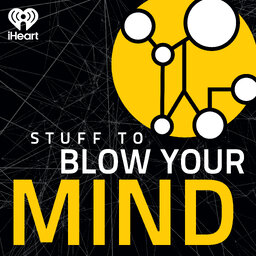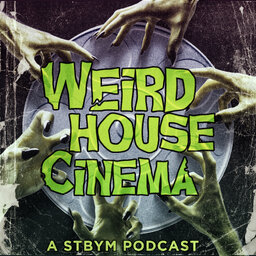Kaibyō: The Strange Cats of Japan, Part 2
Spooky cats are an iconic part of Halloween iconography, so in this episode of Stuff to Blow Your Mind, Robert and Joe dive into the world of Kaibyō: the various strange and supernatural cats found in Japanese tradition.
 Stuff To Blow Your Mind
Stuff To Blow Your Mind


